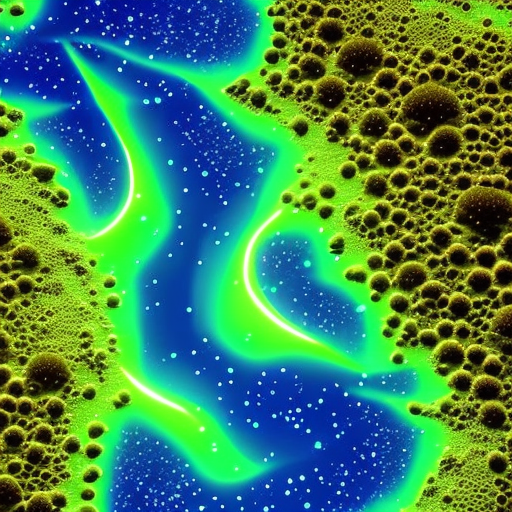Summary:
Marine geophysics is a branch of geophysics that focuses on studying the geological and geophysical properties of the ocean floor and the processes that shape it. It involves the use of various techniques and instruments to collect data and analyze the structure, composition, and dynamics of the Earth’s crust beneath the ocean. Marine geophysics plays a crucial role in understanding plate tectonics, seafloor spreading, earthquake and tsunami hazards, and the exploration of natural resources.
Introduction:
Marine geophysics is a multidisciplinary field that combines elements of geology, geophysics, and oceanography to study the Earth’s crust beneath the ocean. It involves the use of various methods and instruments to collect data and analyze the physical properties of the seafloor, such as its bathymetry, magnetic field, gravity field, and seismic activity.
Methods and Techniques:
Marine geophysicists use a range of techniques to investigate the ocean floor. One of the primary methods is bathymetry, which involves measuring the depth of the seafloor using sonar systems. This data is used to create detailed maps of the seafloor topography, revealing features such as underwater mountains, valleys, and ridges.
Another important technique is marine magnetometry, which measures the magnetic field of the seafloor. This method relies on the fact that the Earth’s magnetic field has reversed its polarity several times throughout history. By measuring the magnetic anomalies on the seafloor, scientists can reconstruct the history of these magnetic reversals and gain insights into the movement of tectonic plates.
Gravity measurements are also used in marine geophysics to determine variations in the density of the seafloor. By measuring these variations, scientists can infer the presence of subsurface structures, such as underwater volcanoes or sedimentary basins.
Seismic surveys are another crucial tool in marine geophysics. By generating and recording sound waves that penetrate the seafloor, scientists can create detailed images of the subsurface structure. Seismic data helps in understanding plate tectonics, identifying earthquake-prone regions, and locating potential oil and gas reserves.
Plate Tectonics and Seafloor Spreading:
Marine geophysics has played a fundamental role in the development of the theory of plate tectonics. By studying the magnetic anomalies on the seafloor, scientists discovered that the oceanic crust is constantly being created at mid-ocean ridges and destroyed at subduction zones. This process, known as seafloor spreading, is a key mechanism driving the movement of tectonic plates.
Earthquake and Tsunami Hazards:
Understanding the seismic activity of the seafloor is crucial for assessing earthquake and tsunami hazards. Marine geophysicists use seismic data to identify active faults and study their behavior. By analyzing the characteristics of earthquakes, such as their magnitude and frequency, scientists can assess the potential for future seismic events and the associated tsunami risk.
Exploration of Natural Resources:
Marine geophysics is also essential for the exploration of natural resources beneath the ocean floor. By analyzing the geological structure and composition of the seafloor, scientists can identify areas with potential oil and gas reserves. Additionally, marine geophysical surveys help in locating mineral deposits, such as polymetallic nodules and hydrothermal vents.
Conclusion:
Marine geophysics is a vital field of study that contributes to our understanding of the Earth’s crust beneath the ocean. By using various techniques and instruments, marine geophysicists collect data that helps in unraveling the mysteries of plate tectonics, seafloor spreading, earthquake and tsunami hazards, and the exploration of natural resources. The knowledge gained from marine geophysics not only enhances our understanding of the Earth’s processes but also has practical applications in resource exploration and hazard assessment.












